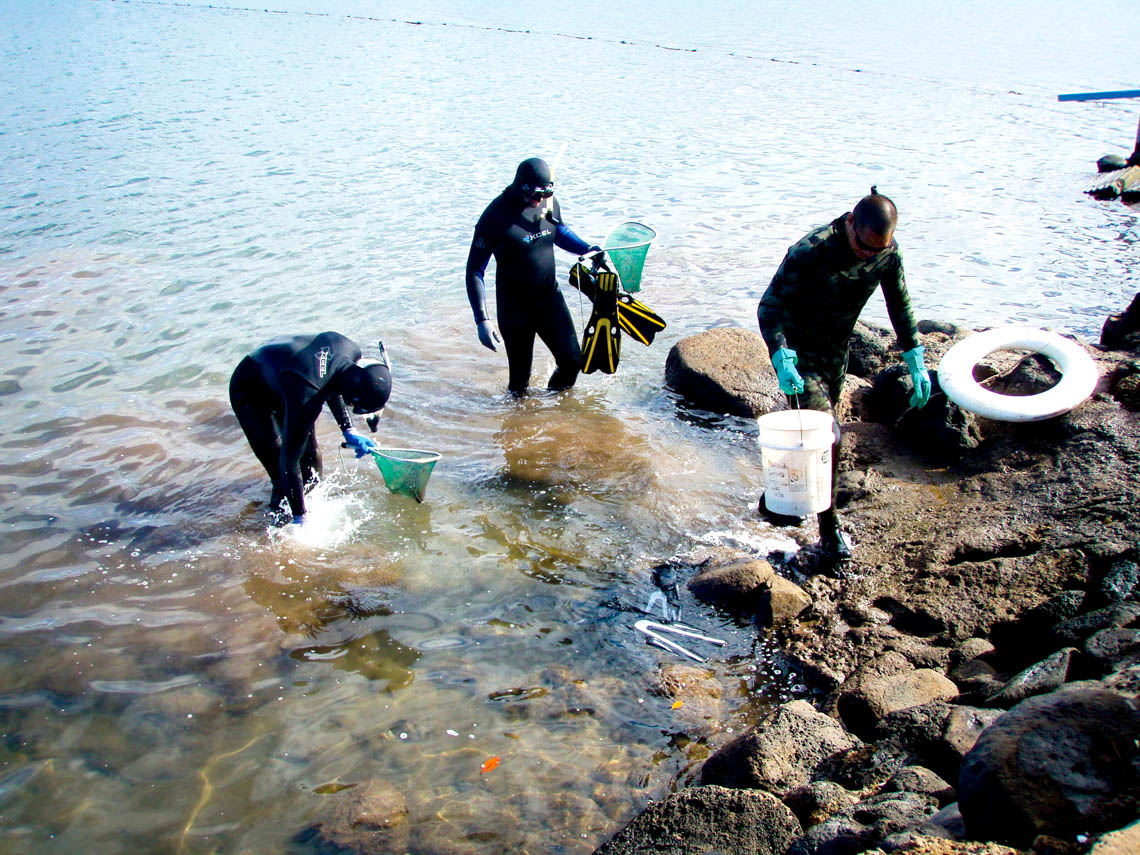Back in 2009, a father and his two kids, still wet from the beach, walked into the office of the…
Read More
invasive animals
A hidden world in Maui’s streams
After 27 years of working with the Department of Land and Natural Resources, aquatic biologist Skippy Hau has become pretty…
Read More
A most unwanted neighbor–coqui frogs
A recent trip to Hilo highlighted the impact coqui frogs can have on our quality of life. It was not…
Read More



